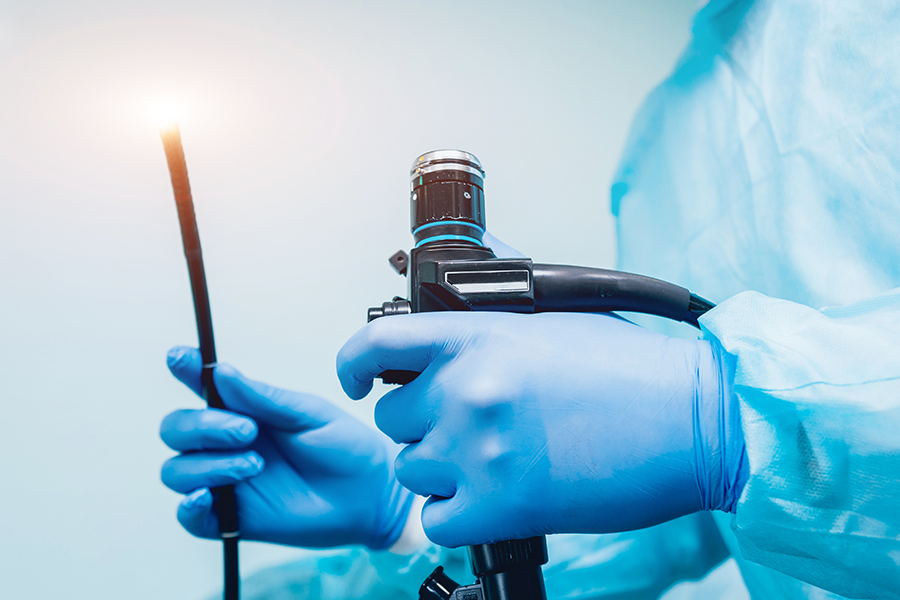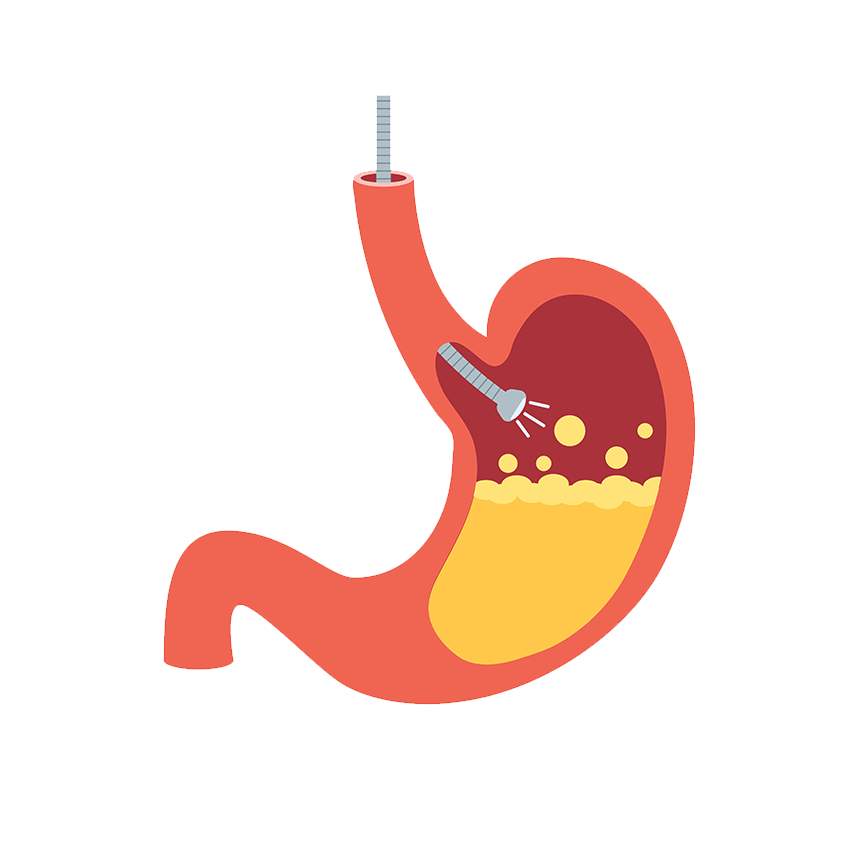- Home
- Robotic Knee Surgery
- General Surgery
- Orthopaedic
- Other Specialities
- About us
- Blogs
- Contact
24 Hours Accident, Trauma & Other Emergency Services . . .
Get Free Consultation
Preparation
Your doctor will explain the procedure and any danger involved before you have a gastroscopy. This contains instructions on how to make the examination more comfortable by taking medicine. If you take medicine on a daily basis, you should check with your doctor ahead of time to see if and when you should take it on the day of the procedure. Some medications, such as anti-clotting medications, may need to be stopped several days before the gastroscopy. Your doctor will inform you how long you should wait before eating and drinking before the gastroscopy. You will be requested to sign a permission document before to the operation.


